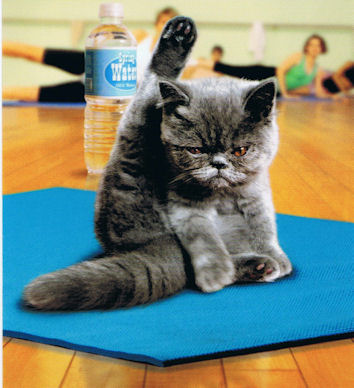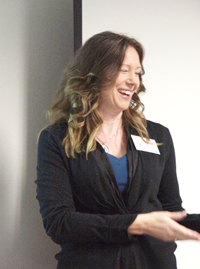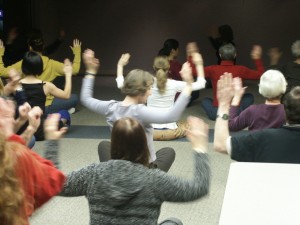To explore strange new worlds, to seek out new life and new civilizations, to boldly go where no one has gone before.
— Star Trek: The Next Generation
Technical writers rarely get to write the mission statement for space-cruising vessels like the starship Enterprise, but occasionally, if we’re lucky, we might get to help our technical writing clients define or refine their mission statement.
What is a mission statement?
It is a brief statement that explains a company or organization’s reason for existence. Its purpose is to guide the actions and decision-making of the organization by defining its goal and path.
Elements of a mission statement
A mission statement often includes these elements:
- The purpose and goal of the organization.
- The primary stakeholders or key market (for example, clients, customers, shareholders, members).
- How the organization provides value to the stakeholders—its contribution, product, or service.
- What makes the organization unique, distinguishing it from all others.
Favourite examples
Able Irrigation With integrity and dedication, we focus our talents on in-ground irrigation that is well designed, safe, and water wise. Service is our business.
Starbucks To inspire and nurture the human spirit – one person, one cup and one neighborhood at a time.
Disney To make people happy.
Don’t kid yourself. According to Daniel Rasmus at Fast Company.com, the Disney mission has been replaced by a much longer statement: To be one of the world’s leading producers and providers of entertainment and information. Using our portfolio of brands to differentiate our content, services and consumer products, we seek to develop the most creative, innovative and profitable entertainment experiences and related products in the world.
Which one do you like better?
Society for Technical Communication To advance the theory and practice of technical communication across all user abilities and media so that both businesses and customers benefit from safe, appropriate, and effective use of products, information, and services.
Goodbye Graffiti To clean the world one wall at a time. [April 2015: Can no longer find the mission statement on their website. But it was a good one!]
Pacifica Treatment Centre To promote health and recovery from addiction through treatment, education and support that strengthens individuals, families and communities.
Yoga Outreach Yoga transforms lives. Together we make change possible, one mat at a time.
To the technical writers and editors reading this, you will notice that writers of mission statements are inconsistent in their use of the serial comma. It’s not me, honest!

 February 21 marked the 4th annual Yoga for the Office class at the STC’s Canada West Coast chapter, based in Vancouver and serving technical writers in BC and the Yukon territory. (The Society for Technical Communication is a professional organization for technical writers.) This year I added a chair to the mix. Chair yoga has become increasingly popular because the aid of the chair makes the benefits of yoga accessible to almost everyone.
February 21 marked the 4th annual Yoga for the Office class at the STC’s Canada West Coast chapter, based in Vancouver and serving technical writers in BC and the Yukon territory. (The Society for Technical Communication is a professional organization for technical writers.) This year I added a chair to the mix. Chair yoga has become increasingly popular because the aid of the chair makes the benefits of yoga accessible to almost everyone.


